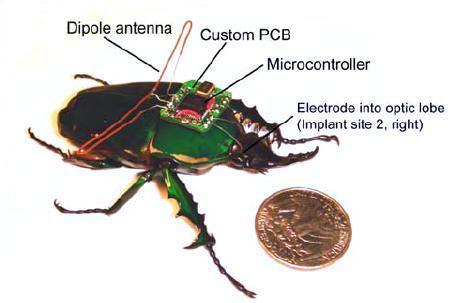[youtube=http://www.youtube.com/watch?v=RmLU4GS7zAI]
This looks like a fun little project. [Chris] has built a tank that he is controlling using his iPhone. Constructed mainly of off the shelf parts, like an Arduino and an Xbee wireless unit, the tank is controlled via processing. You can see that it is fairly responsive as he changes the speed of the motors. You don’t need an iPhone for this, really to do exactly what he’s doing any multi-touch input would work. You can download the code for it from his site.
We’re a bit curious about the solar charging. How much power does this use? Doesn’t that panel look a bit small? How long does it take to charge?
[via HacknMod]















